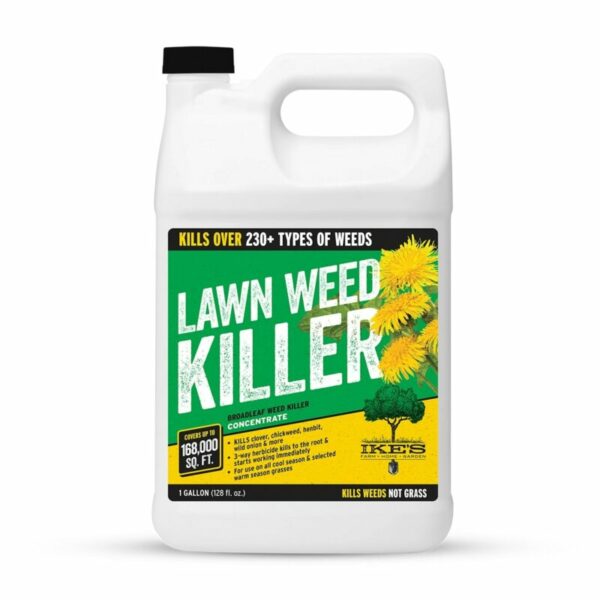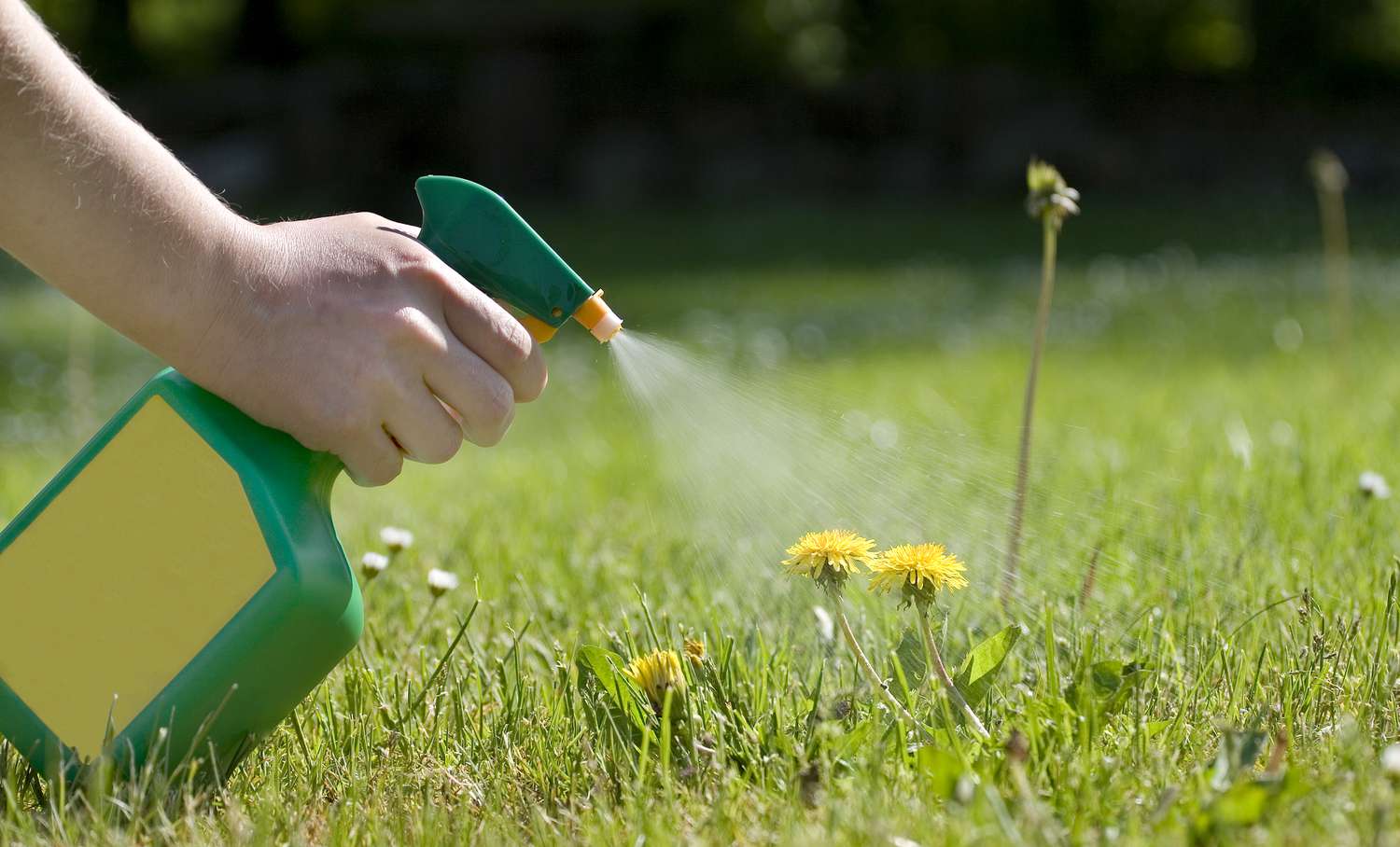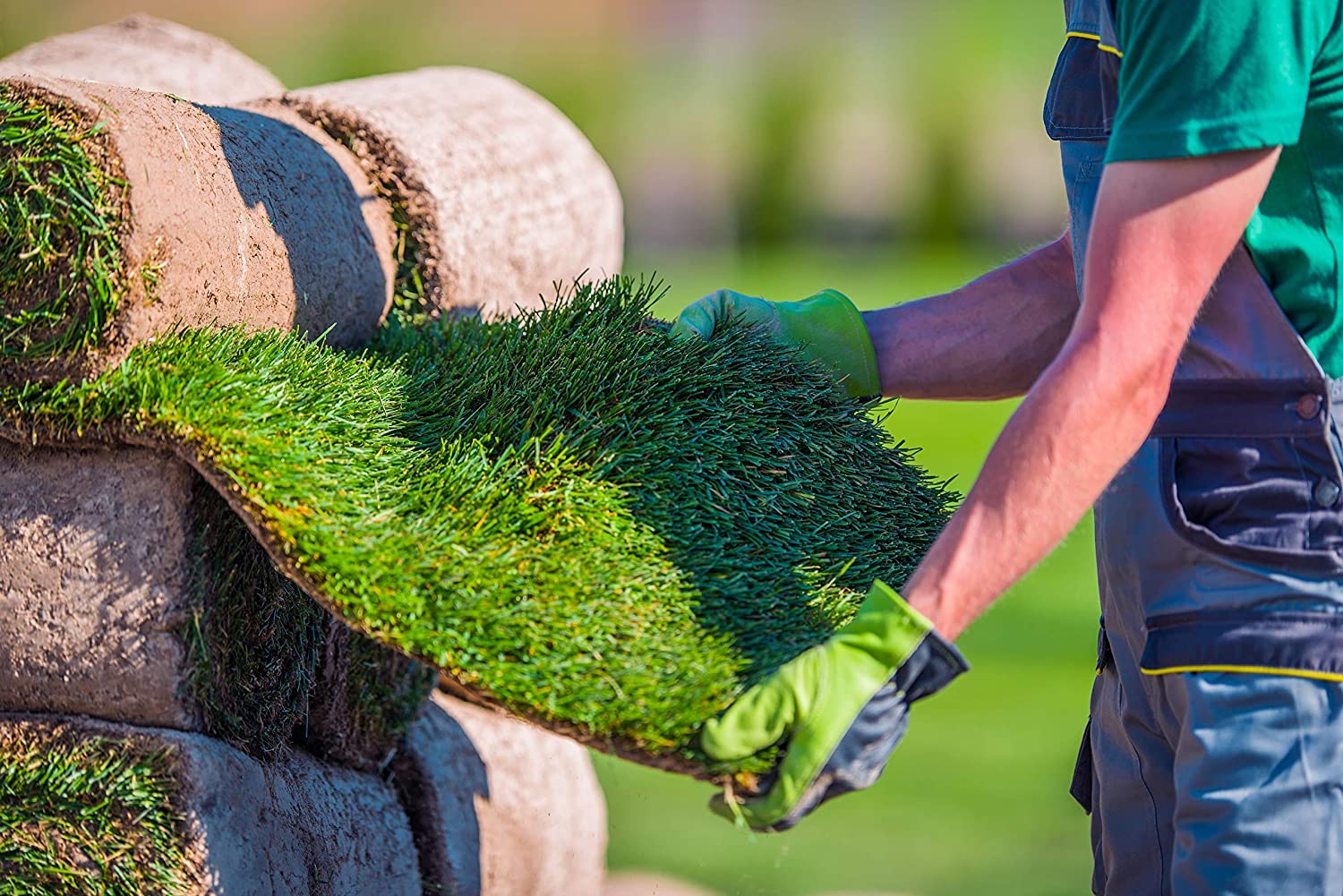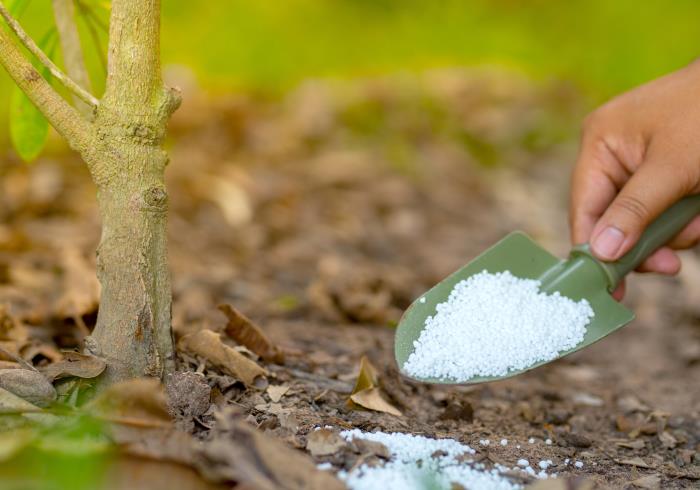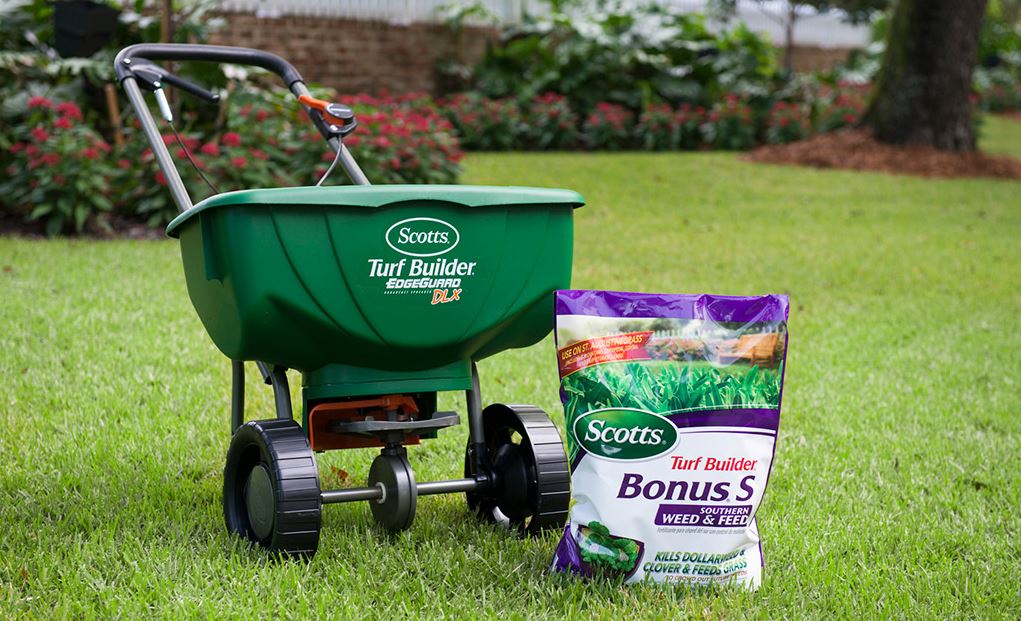Looking for the best lawn weed killer in South Africa? With so many options available, it can be difficult to determine which one is right for your lawn.
In this article, we will explore some of the most popular and effective lawn weed killers in South Africa, including their strengths and weaknesses.
Whether you’re dealing with broadleaf weeds, grasses, or a combination of both, we’ve got you covered.
Weed killers, also known as herbicides, work in different ways depending on the type of herbicide and the target weed. Here are some general ways that weed killers work:
- Contact herbicides: Contact herbicides kill plants upon contact, typically by destroying the foliage of the plant. These herbicides are typically used on annual weeds, which have shallow root systems and can be killed with the destruction of their leaves.
- Systemic herbicides: Systemic herbicides are absorbed by the plant and transported throughout the plant’s tissues, including the roots. These herbicides are typically used on perennial weeds, which have deep root systems and require more thorough control. Systemic herbicides are more effective because they kill the entire plant, including the roots.
- Selective herbicides: Selective herbicides are designed to target specific types of plants without harming other plants. For example, some herbicides are formulated to kill broadleaf weeds without harming grass.
- Non-selective herbicides: Non-selective herbicides kill all plants that they come into contact with, regardless of the type of plant. These herbicides are typically used to clear areas for landscaping or to kill weeds in areas where there is no desirable vegetation.
It’s important to follow the instructions on the label of the weed killer carefully to ensure that you are using the product correctly and safely. Using too much herbicide or applying it improperly can harm desirable plants, as well as the environment.
Best Lawn Weed Killers in South Africa
There are several effective lawn weed killers available in South Africa, and the best one for you will depend on the type of weeds you are dealing with and the condition of your lawn. Here are some of the most popular and effective lawn weed killers in South Africa:
Glyphosate
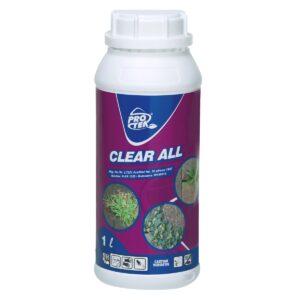
Glyphosate is a broad-spectrum systemic herbicide (meaning it kills all plants) that is widely used to control weeds in agriculture, forestry, and urban settings. It is the active ingredient in many popular herbicides, and is known for its effectiveness against a wide range of weeds.
Glyphosate works by inhibiting an enzyme that is essential for plant growth. When applied to the leaves of a plant, glyphosate is absorbed and transported to the plant’s growing points, including the roots, where it disrupts the plant’s ability to produce amino acids, which are essential for protein synthesis. This results in the death of the plant.
Glyphosate has been the subject of much controversy in recent years, with some studies suggesting that it may be harmful to human health and the environment. As a result, this product must be handled with care and used according to the manufacturer’s instructions.
In South Africa, glyphosate is widely used in agriculture, forestry, and urban settings to control weeds. However, the use of glyphosate is regulated by the Department of Agriculture, Forestry, and Fisheries, and users must follow specific guidelines to ensure its safe use. It is recommended to consult with a lawn care professional to determine the best weed killer for your specific lawn and weed problems.
2,4-D
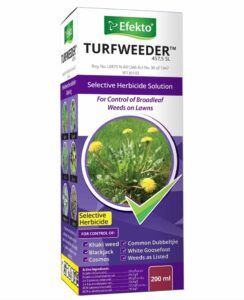
2,4-D (2,4-dichlorophenoxyacetic acid) is a selective herbicide that is commonly used to control broadleaf weeds in lawns, golf courses, and other turfgrass settings. It is often used to control weeds like dandelions, clover, and plantain.
2,4-D works by mimicking the effects of a plant hormone, causing the weed to grow uncontrollably and eventually die. It is absorbed by the leaves of the weed and then transported throughout the plant, causing damage to the vascular system and other key processes.
One of the benefits of using 2,4-D is its selectivity – it is effective against broadleaf weeds but does not harm most types of grass. This makes it a popular choice for lawn care professionals and homeowners alike.
However, it’s important to note that 2,4-D is not without its risks. When used improperly, it can damage desirable plants and pose a risk to human health and the environment. It is important to always follow the manufacturer’s instructions when using 2,4-D or any other herbicide. Additionally, it is recommended to consult with a lawn care professional to determine the best weed killer for your specific lawn and weed problems.
MCPA
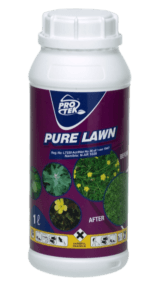
MCPA (2-methyl-4-chlorophenoxyacetic acid) is a selective herbicide that is commonly used to control broadleaf weeds in lawns, pastures, and other turfgrass settings. It is often used to control weeds like thistles, docks, and other difficult-to-control weeds.
MCPA works by mimicking the effects of a plant hormone, causing the weed to grow uncontrollably and eventually die. It is absorbed by the leaves of the weed and then transported throughout the plant, causing damage to the vascular system and other key processes.
Like other selective herbicides, MCPA targets broadleaf weeds but does not harm most types of grass. This makes it a popular choice for lawn care professionals and homeowners alike.
Dicamba
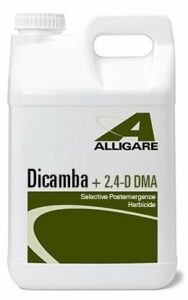
Dicamba is a selective herbicide that is commonly used to control a wide range of broadleaf weeds in turfgrass and other ornamental settings. It is often used to control weeds like dandelions, chickweed, and clover.
Dicamba works by mimicking the effects of a plant hormone, causing the weed to grow uncontrollably and eventually die. It is absorbed by the leaves of the weed and then transported throughout the plant, causing damage to the vascular system and other key processes.
It’s important to note that dicamba can be volatile, meaning that it can evaporate and drift onto neighboring plants, causing damage or killing them. To prevent this from happening, it’s important to use dicamba carefully and according to the manufacturer’s instructions. Additionally, some types of plants are more sensitive to dicamba than others, so it’s important to avoid using it near sensitive crops or ornamental plants.
Atrazine
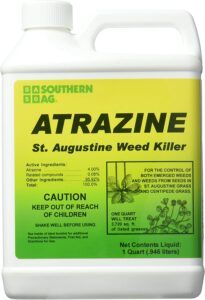
Atrazine is a selective herbicide that is commonly used to control a range of grassy and broadleaf weeds in lawn care products. It is often used to control weeds like crabgrass, dandelions, and other common lawn weeds.
Atrazine works by inhibiting photosynthesis in target weeds, causing them to starve and eventually die. It is absorbed by the roots and leaves of the plant and then transported throughout the plant, causing damage to the plant’s key processes.
Like other selective herbicides, atrazine targets certain types of weeds while leaving most types of grass unharmed. This makes it a popular choice for lawn care professionals and homeowners alike.
However, it’s important to note that atrazine can pose a risk to human health and the environment if used improperly. It can contaminate groundwater and surface water, and may also harm aquatic organisms. It is important to always follow the manufacturer’s instructions when using atrazine or any other herbicide.
How to choose a lawn weed killer
When choosing a lawn weed killer, there are several factors to consider. Here are some things to keep in mind:
- Type of weed: Different weeds require different types of herbicides. Some weeds, like dandelions, are considered broadleaf weeds, while others, like crabgrass, are grassy weeds. Each type of weed requires a different herbicide, so it’s important to identify the weeds in your lawn before choosing a weed killer.
- Selectivity: If you want to preserve the grass in your lawn, choose a selective herbicide that only targets the weeds you want to get rid of. Selective herbicides are designed to kill broadleaf weeds or grassy weeds without harming the surrounding grass. Non-selective herbicides, on the other hand, will kill any plant they come into contact with, so they should be used with caution.
- Application method: Herbicides come in different forms, including granular, liquid, and sprayable concentrates. Granular herbicides are spread on the lawn with a spreader, while liquid herbicides are sprayed onto the weeds using a sprayer. Concentrates are mixed with water and then applied to the lawn or sprayed directly onto the weeds. Choose the application method that is most convenient for you and fits the size of your lawn.
- Safety: Herbicides can be toxic to humans, pets, and wildlife if they are not used correctly. Choose a weed killer that is safe for use around children and pets, and follow the manufacturer’s instructions carefully. If you have concerns about the safety of a particular herbicide, look for products that are certified as organic or natural.
- Effectiveness: Some herbicides are more effective than others, and some are only effective against certain types of weeds. Look for a weed killer that is known to be effective against the weeds you are dealing with. Read reviews from other lawn care enthusiasts to get an idea of how well a particular product works.
- Timing: Some herbicides are best applied at certain times of the year or when the weeds are at a certain stage of growth. Check the product’s label to ensure you are using it at the right time for maximum effectiveness.
If you are unsure which herbicide to choose or how to apply it, consult with a lawn care professional. They can help you identify the weeds in your lawn and recommend the best products and application methods for your specific situation.
Identifying types of weeds
There are many different types of weeds, but here are some common types you may encounter in your lawn or garden:
- Broadleaf weeds: These weeds have wide, flat leaves and are easily identifiable. Some common examples include dandelions, clover, and chickweed.
- Grassy weeds: These weeds resemble grass and can be difficult to distinguish from your lawn. Some common examples include crabgrass, goosegrass, and quackgrass.
- Sedge weeds: These weeds have triangular stems and grass-like leaves. Some common examples include yellow nutsedge and purple nutsedge.
- Vining weeds: These weeds climb and twist around other plants, causing damage. Some common examples include bindweed and morning glory.
- Annual weeds: These weeds complete their life cycle in one year and reproduce through seed. Some common examples include common purslane, lamb’s quarters, and pigweed.
- Perennial weeds: These weeds live for multiple years and reproduce through both seed and vegetative growth. Some common examples include Canada thistle, field bindweed, and Japanese knotweed.
Identifying the type of weed you are dealing with can help you choose the appropriate method for control. Some types of weeds are more easily controlled than others, and some may require multiple methods of control. It’s important to identify and manage weeds before they have a chance to spread and take over your lawn or garden.
How to apply weed killer for lawn
Here are the general steps to apply lawn weed killer:
- Choose the right herbicide: Choose an herbicide that is appropriate for the type of weed you want to control and is safe for use on your type of grass. Follow the instructions on the label to ensure you are using the product correctly.
- Prepare the lawn: Before applying herbicide, mow the lawn to the proper height, remove any debris, and water the grass if necessary. It is best to apply herbicide on a calm day when there is no wind or rain expected for at least 24 hours.
- Mix the herbicide: If using a concentrate, mix the herbicide according to the instructions on the label. Use a container that is labeled for use with herbicides.
- Apply the herbicide: There are different application methods for different types of herbicides. For granular herbicides, use a spreader to distribute the herbicide evenly over the lawn. For liquid herbicides, use a sprayer to apply the product directly to the weeds. Follow the instructions on the label for the correct amount to apply.
- Avoid runoff: To avoid herbicide runoff, do not apply herbicides when the ground is saturated with water. Do not apply herbicides when rain is expected within 24 hours of application.
- Cleanup: Clean up any spilled herbicide or equipment used to apply the herbicide. Rinse the container and sprayer thoroughly with water before storing them. Store herbicides in a cool, dry, and well-ventilated area, away from children and pets.
- Follow up: Some herbicides may require a second application to completely control weeds. Check the label for specific instructions on when to apply a second application.
Remember to always wear protective clothing, gloves, and eyewear when handling herbicides. Do not use herbicides on windy days, and do not allow children or pets to play on the lawn until the herbicide has dried completely. If you are unsure how to apply a particular herbicide, consult the label or contact a lawn care professional.
8 Tips for preventing weeds
Here are some tips for preventing weeds in your lawn:
- Mow regularly: Keeping your lawn at the appropriate height will help prevent weeds from taking root. Mow your lawn to the recommended height for your type of grass, and avoid cutting it too short. Cutting grass too short can weaken the plants and make them more susceptible to weeds.
- Water properly: Water your lawn deeply and infrequently to encourage deep root growth. Shallow watering can promote weed growth and weaken your grass. Water in the morning to allow the grass to dry before evening, which can help prevent disease and fungal growth.
- Fertilize appropriately: Use a high-quality fertilizer that is formulated for your type of grass. A healthy lawn is less susceptible to weeds, so fertilize regularly to keep your grass healthy and strong.
- Overseed: Overseeding is the process of spreading grass seed over an existing lawn to fill in bare spots and thicken the turf. A thicker lawn will choke out weeds and prevent them from growing.
- Use pre-emergent herbicides: Pre-emergent herbicides are applied to the soil to prevent weed seeds from germinating. They are effective for preventing annual weeds from taking root. Follow the instructions on the label for proper application and timing.
- Pull weeds by hand: Removing weeds by hand is an effective way to prevent them from spreading. Pull weeds by hand or use a hoe to remove them from the root. Be sure to remove the entire weed, including the roots, to prevent regrowth.
- Use mulch: Apply a layer of mulch to your garden beds to prevent weed seeds from germinating. Mulch also helps retain moisture in the soil and improves the overall appearance of your landscaping.
- Be vigilant: Regularly inspect your lawn and garden for weeds. The earlier you catch them, the easier they are to remove. Pull weeds as soon as you spot them to prevent them from spreading.
By following these tips, you can prevent weeds from taking over your lawn and garden. Remember, prevention is the best defense against weeds, so be sure to keep up with proper lawn and garden maintenance to keep your plants healthy and strong.

